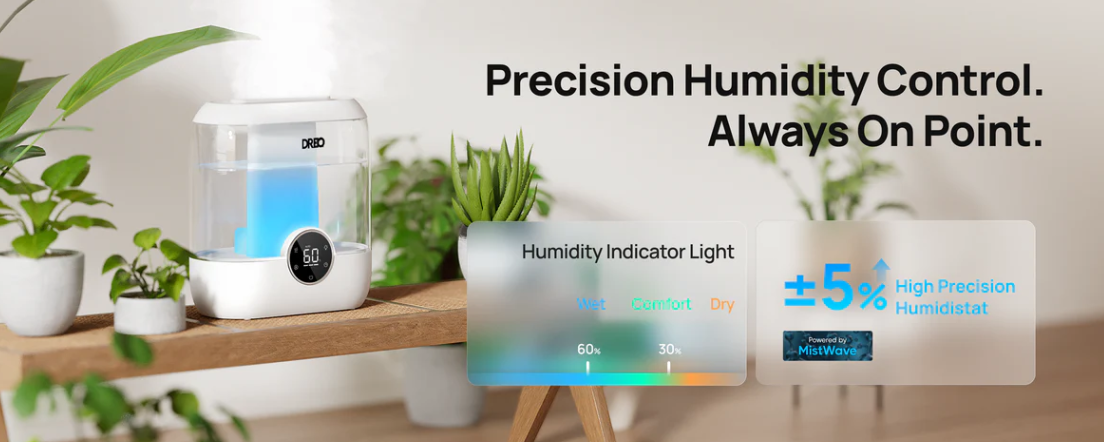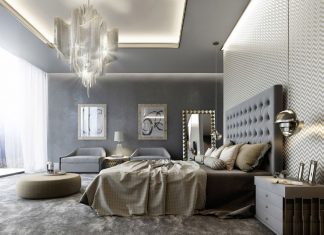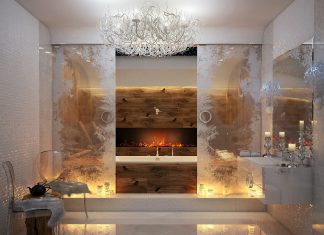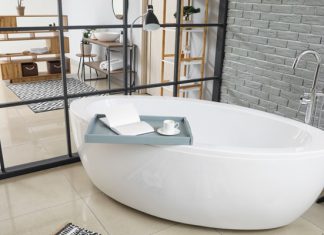As the research goes, with moderate indoor RH-Relative Humidity (Permissible relative ambient humidity) values of 40–60%, the ventilation rate will reduce SARS-CoV-2 airborne levels more than other indoor RH levels.
Moreover, an appropriate humidity range boosts respiratory tract mucociliary clearance and immunological protection. A large humidifier for the home helps attain these levels. It renders the indoors healthier and lowers the negative impacts of dry air on skin and respiratory health. Generally speaking, properly using humidifiers reduces disease transmission and improves indoor air quality.
Why You Need a Large Humidifier for Your Home
1. Health Benefits
A large humidifier for home increases respiratory health with optimal humidity levels. It inhibits the mucous membranes from drying out for lower susceptibility to asthma, allergies, and colds.
Proper humidity levels keep nasal passages clear and drop the occurrence and severity of asthma attacks. Furthermore, consistent moisture averts dermal irritation and dryness for sensitive skin and hair. It is vital in winter when indoor heating can strip away natural oils.
Also, a large humidifier for the home lessens static electricity, which can cause discomfort and exacerbate respiratory conditions. So, a balanced indoor environment gives well-being and comfort.
2. Home Benefits
Ideal humidity levels with a large humidifier for the home preserve furniture integrity. Low humidity can cause wood to crack and distort in antique or high-end pieces.
Indoor plants, which promote air purification and aesthetic appeal, thrive in stable humidity environments. Appropriate moisture levels prevent wilting and browning of leaves, so plants stay healthy and alive. Therefore, a large humidifier for the home develops comfort and safeguards valuable home assets.
Choosing a Large Humidifier for Home
Here are what you should consider before choosing your home humidifier.
1. Capacity: Water Tank Size and Coverage Area
A large humidifier for the home should have a considerable water tank. For example, it can be over 1 gallon for long operation without frequent refills. The coverage area in square feet is critical. You may look for units covering 500 square feet or more for large spaces. Consider the tank size’s runtime relative to the coverage area.
E.g., a humidifier with a 2-gallon tank may run for 24 hours in a 600-square-foot room. Further, check for easy refilling mechanisms and water level indicators.
2. Types: Cool Mist, Ultrasound, Evaporative, Warm Mist, and Vaporizers
The right type of humidifier relies on preferences. Cool mist humidifiers use a fan to diffuse water droplets in large rooms. Ultrasonic models are quiet and use high-frequency vibrations to produce mist for bedrooms.
Evaporative humidifiers use a wick filter to absorb water as well as a fan to blow air through it for natural moisture without white dust residue. Warm mist humidifiers use a heater to boil water and can reduce bacteria and germs in health-sensitive environments. Vaporizers, a subset of warm mist units, add medicinal inhalants for therapeutic purposes.
3. Output: Adjustable Mist Level and Humidistat
High-output flexibility in a large humidifier for the home gives humidity control. Adjustable mist levels allow customization according to room size and humidity requirements.
For instance, multiple output settings can help keep desired humidity levels in variable conditions. An integrated humidistat is essential for precise humidity regulation. It automatically adjusts the mist output to maintain set humidity levels while avoiding over-humidification.
In addition, progressive models may offer digital displays showing real-time humidity levels and settings for user control.
4. Noise Level
Noise level is crucial for humidifiers in living areas or bedrooms. Ultrasonic humidifiers are the quietest for noise-sensitive settings. Evaporative models, although efficient, can be louder due to their fan operation.
When evaluating noise, check for decibel ratings provided by manufacturers. Consider units with “sleep mode” or “night mode” features that cut noise during nighttime use. Internal noise-dampening technology can also decrease operational sounds for comfort.
5. Smart Humidifier Control Method
Clever control methods boost the usability of large humidifiers. Wi-Fi-enabled units allow remote control via smartphones for convenience for adjusting settings from anywhere.
Integration with Amazon Alexa or Google Home enables voice commands for hands-free operation. Humidifiers may feature sensors that monitor indoor air quality and spontaneously adjust settings for ideal conditions.
Some models provide usage reports and maintenance alerts to help users keep the device in top condition. So, it improves ease of use and gives stable humidification.
DREO Humidifier HM524S — Best Smart Humidifier Ever
For a large humidifier for the home, see DREO’s recently launched smart humidifier – HM524S.
✔ Effortless Comfort:
Enjoy up to 60 hours of continuous humidification with the HM524S’s generous 6-liter tank, perfect for maintaining a comfortable environment without frequent refills.
✔ Advanced Mist Technology:
Experience superior mist distribution with ultrafine particles (5μm) using cutting-edge 2.4MHz high-frequency atomization technology, covering up to 500 sq. ft. with a broad 40-inch mist spread.
✔ Whisper-Quiet Operation:
Operates at a peaceful 28dB in low mode, ensuring undisturbed relaxation or work time, even while sleeping.
✔ Smart and Stylish:
The humidifier can work well with your smart home ecosystem with Google Home, Alexa, and the DREO App. Enjoy convenient features like a top-fill design, customizable RGB ambient lighting, a built-in fragrance pad tray, and intuitive touch controls for effortless adjustment of mist levels, timers, and more.
Conclusion
DREO home appliances, including the new innovative large humidifier for the home, have precise engineering and technology. The company keeps rolling out living-style lifting solutions, winning countless customers’ support and applause.















